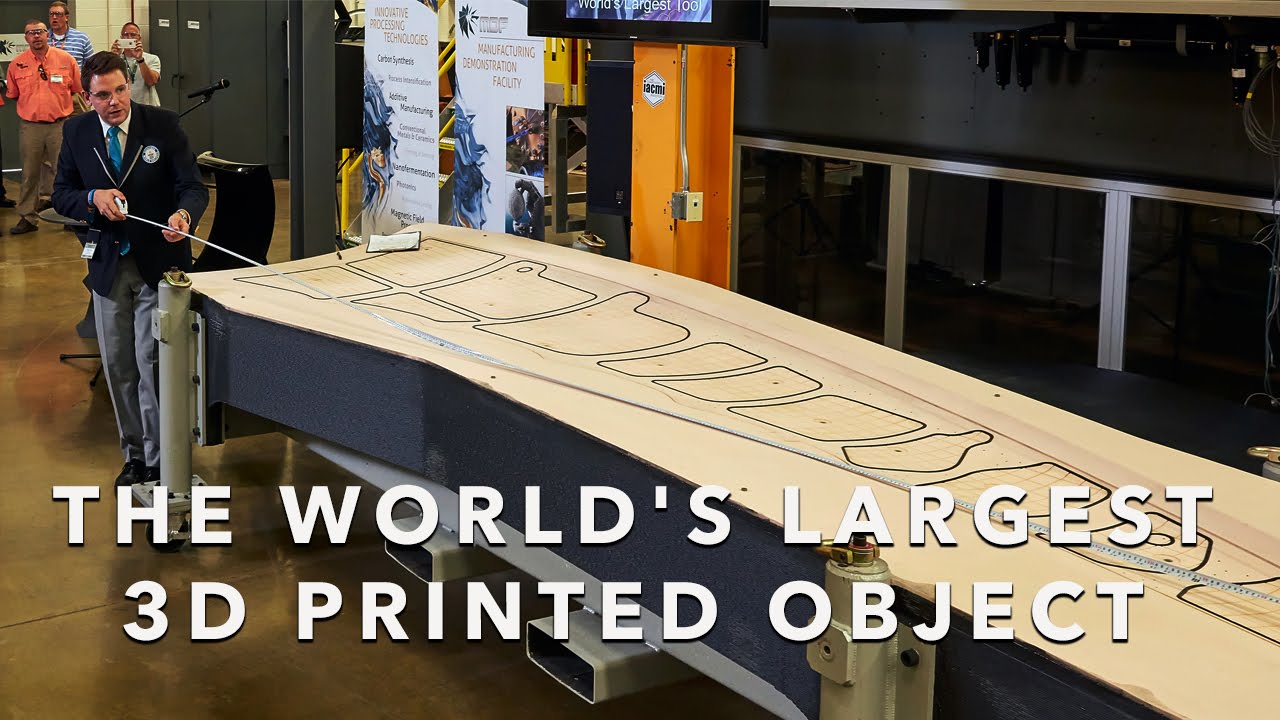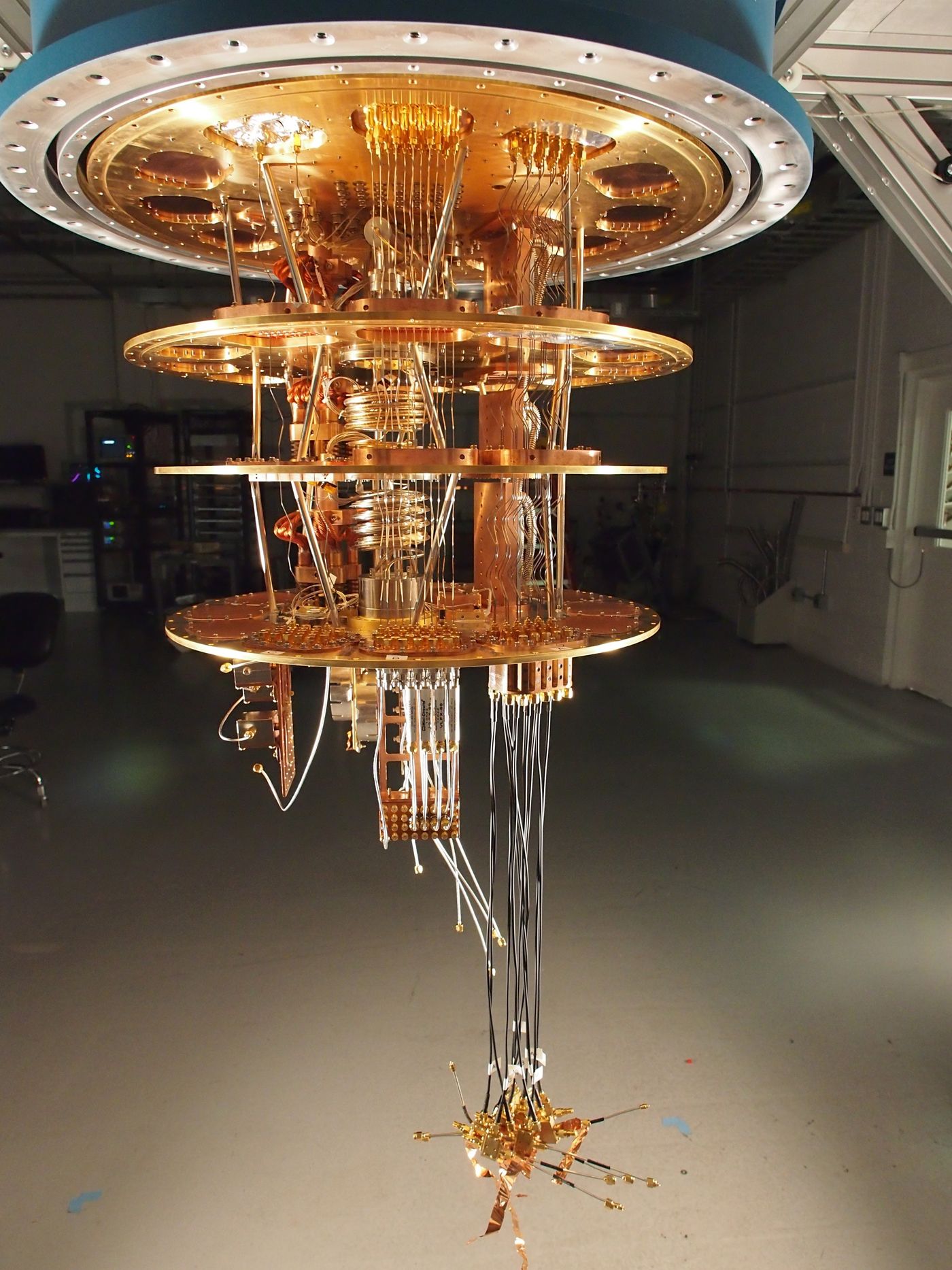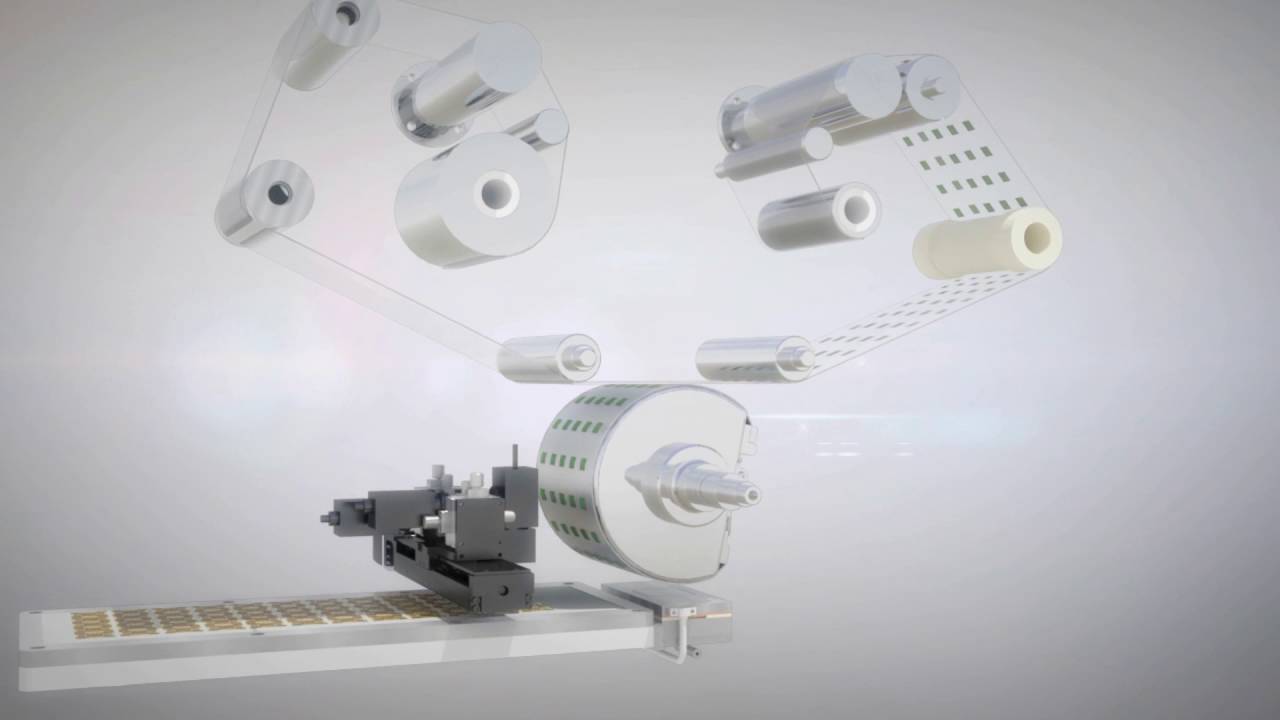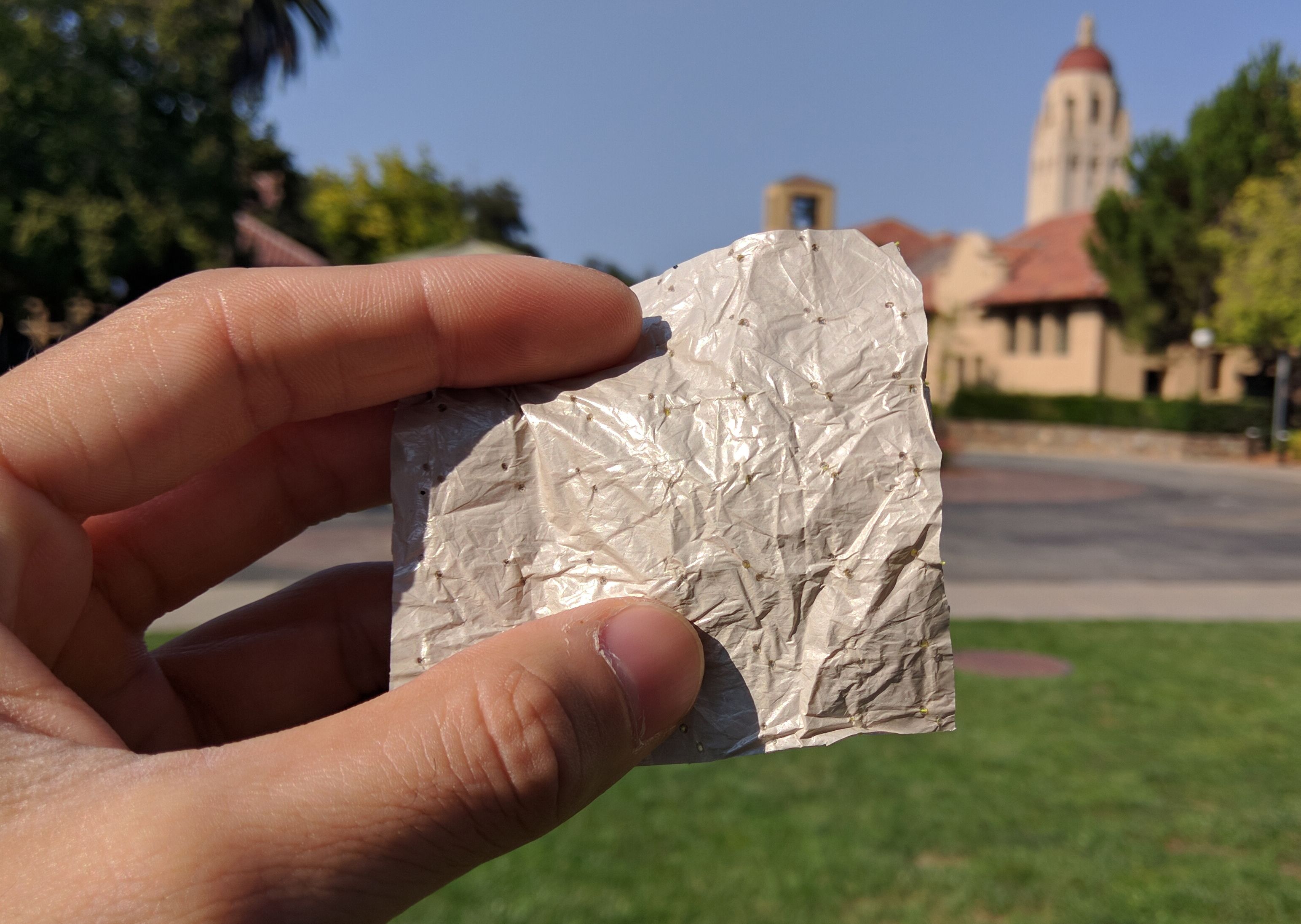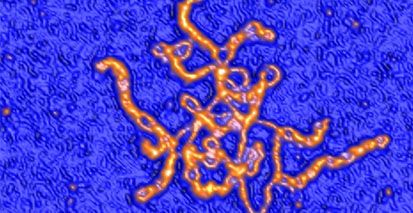
Latest article chronicling my entrepreneurial journey and how anyone can be successful and change the world. You need only look at the Lifeboat Foundation to see that entrepreneurs can turn their wealth into instigators for change!
YawLife is an embodiment of my life… All of my struggles, all of my mistakes, all of my pain, and all of my perseverance through in-fortitude to reach the pinnacle I’m at now, where the fruits of my labour are finally beginning to flourish, and where the seeds sowed in the past have begun to grown roots, which shall outlast even my own passing. To me, YawLife is not about just building a company and selling instantaneously. It’s about endowing my life’s work to make it successful. To reward those who believed in me early once I’ve succeeded, to reward the world for their choice to use our service, and to reward myself with, at the very least, the pride in creating something from nothing… Because, to do such a thing, is not a simple task. You can try as much as possible, and for all that effort, nothing may arise from it, but…
It is in the journey of creation that brings true elation to one’s soul — an inner fulfilment beyond what any odd job or person can spark within.
I think it is determination like this that is required to build something successful. And by successful, I don’t mean billions or millions of dollars. The scale of what you deem success to be will vary between you and me, and the expectation of society. But…
